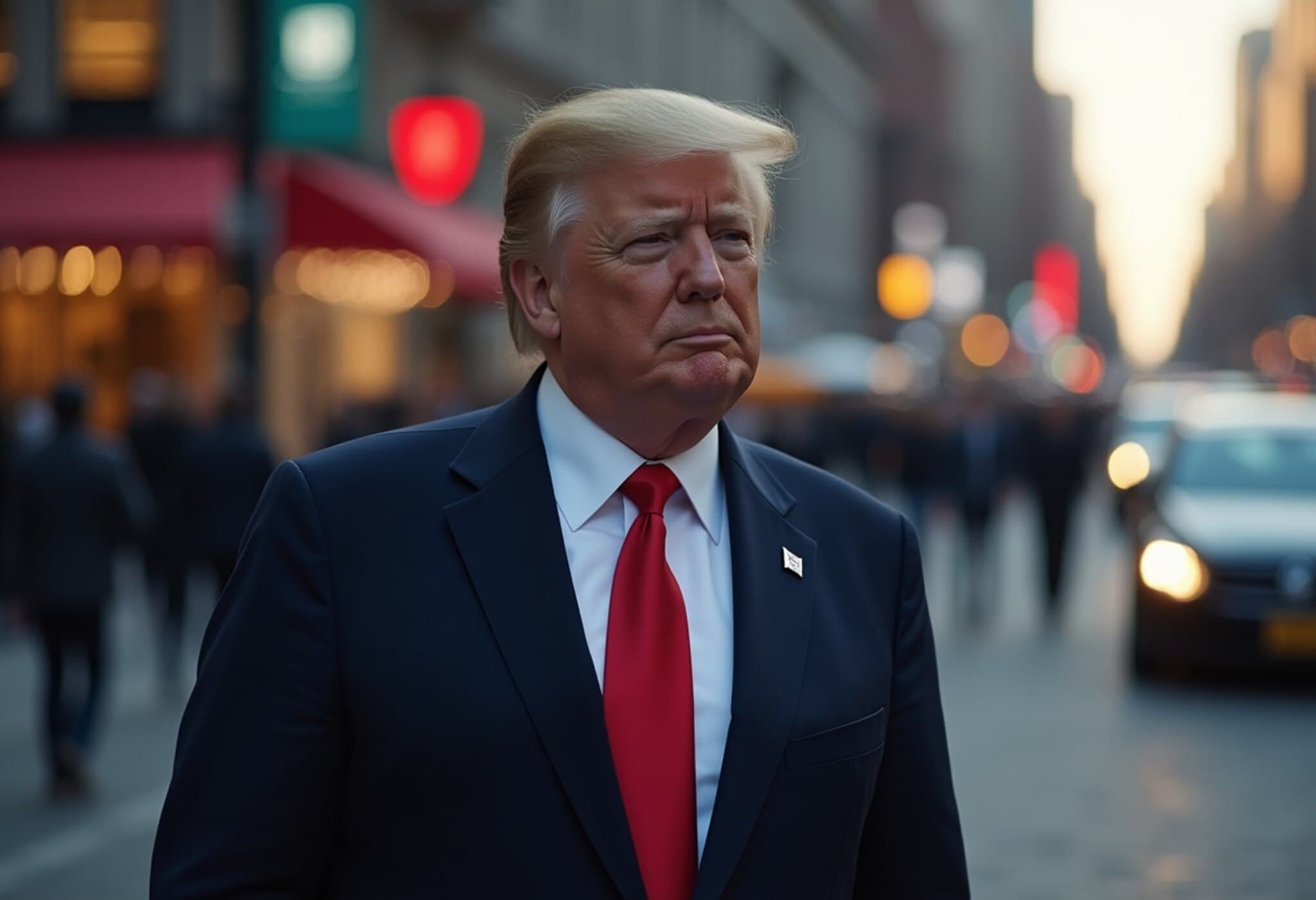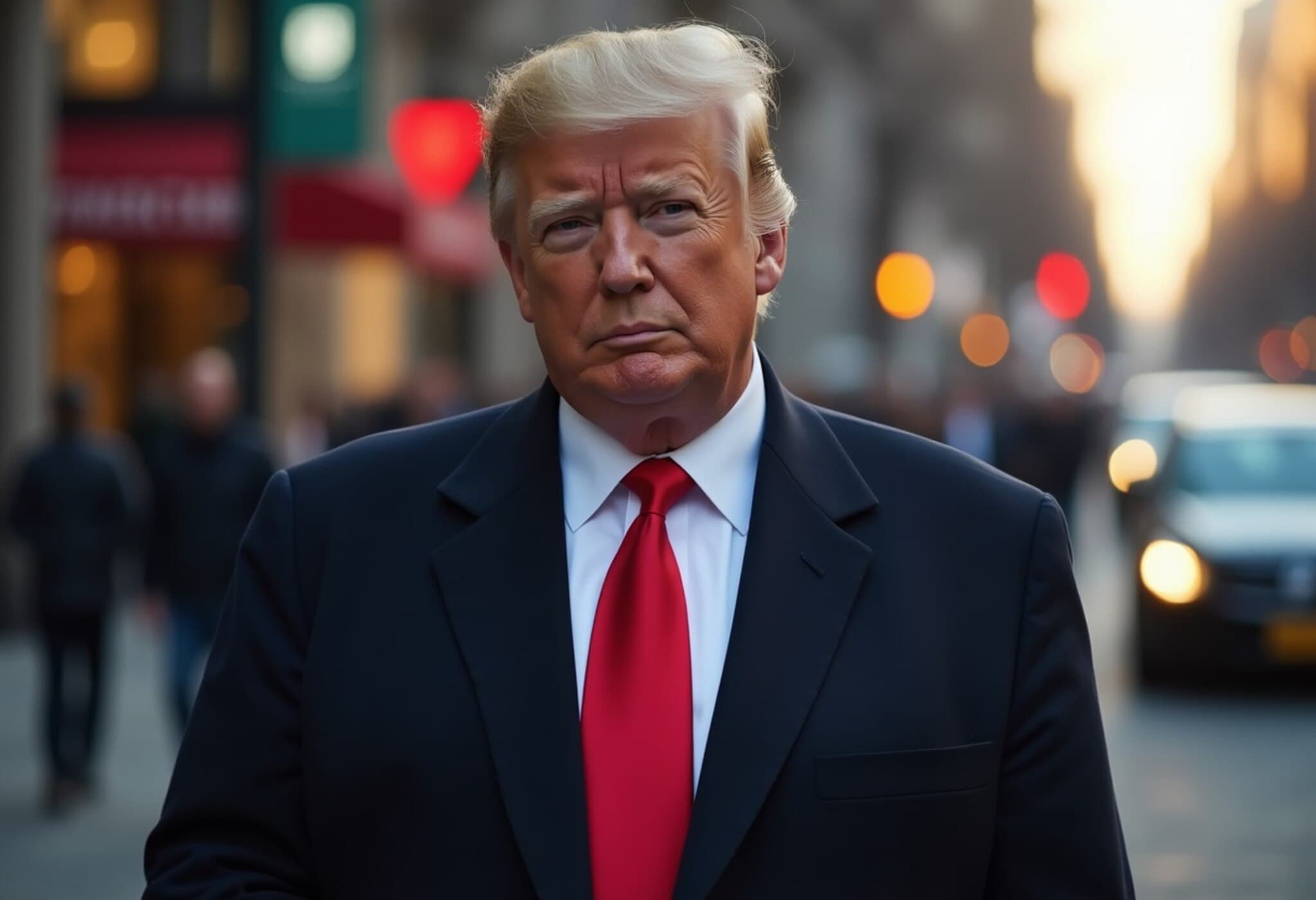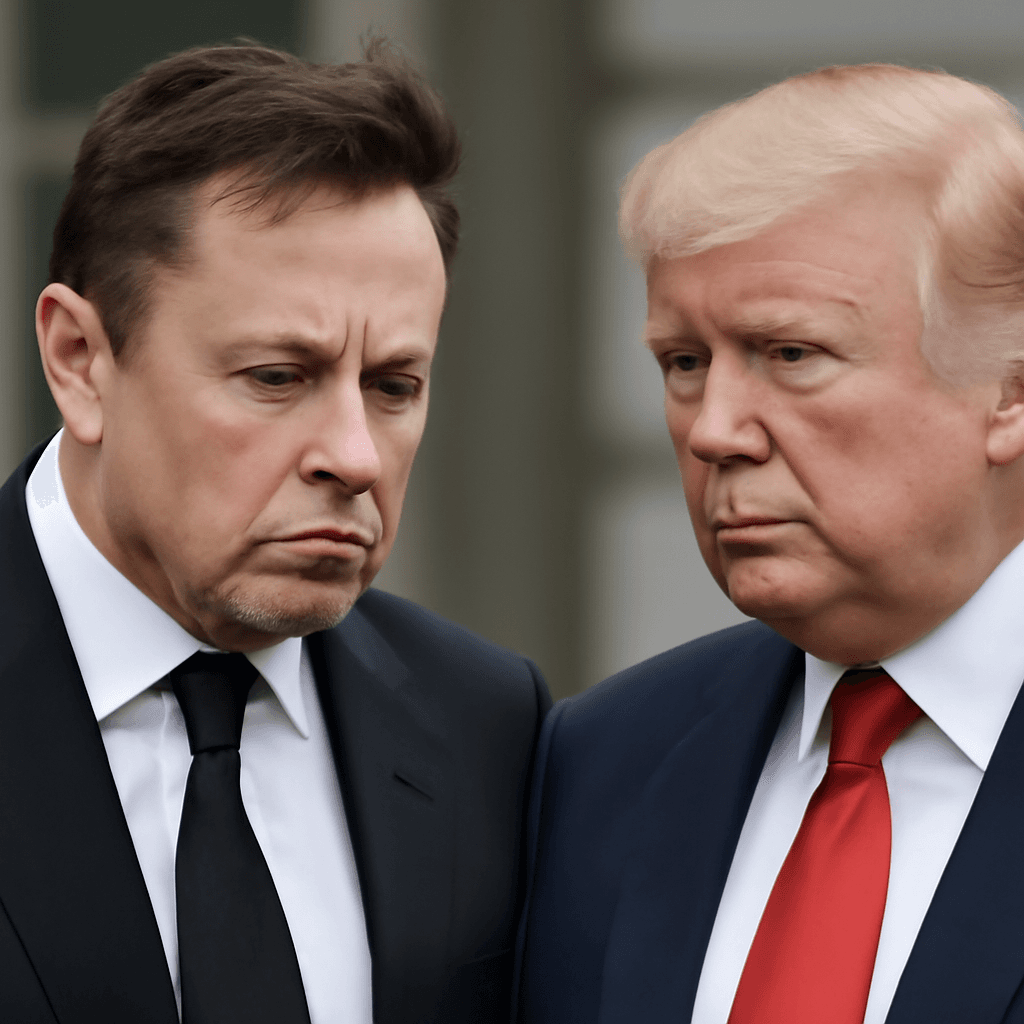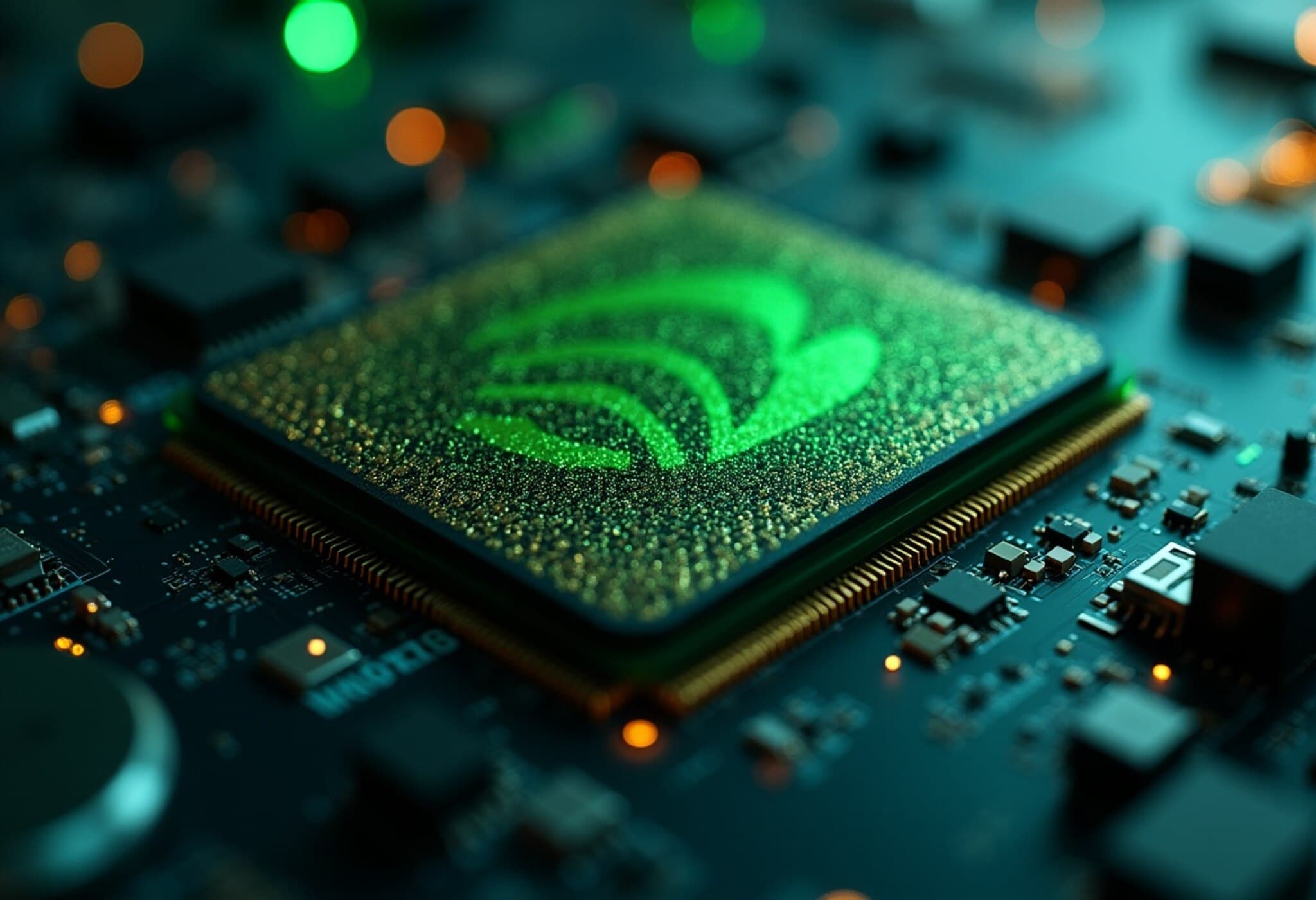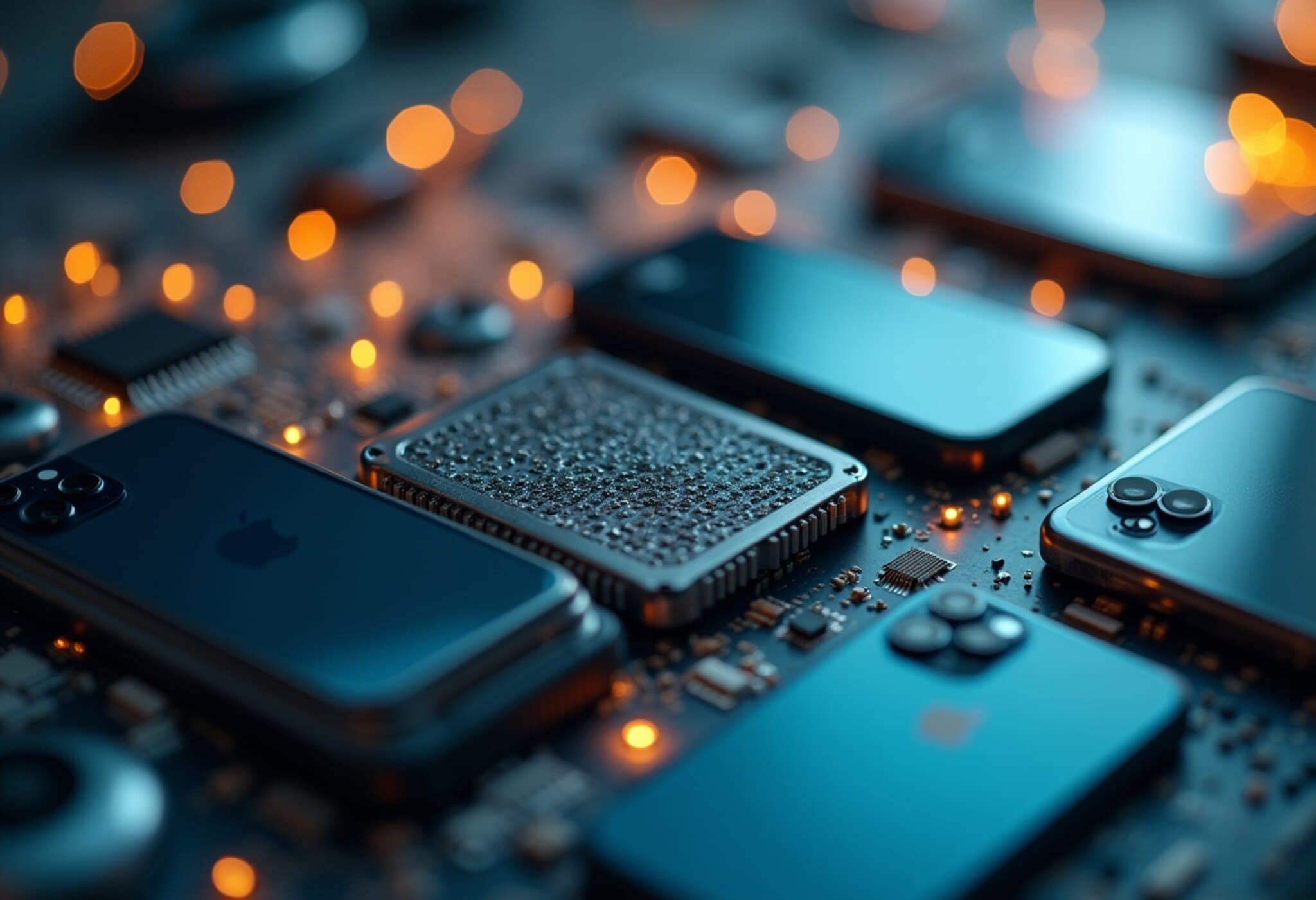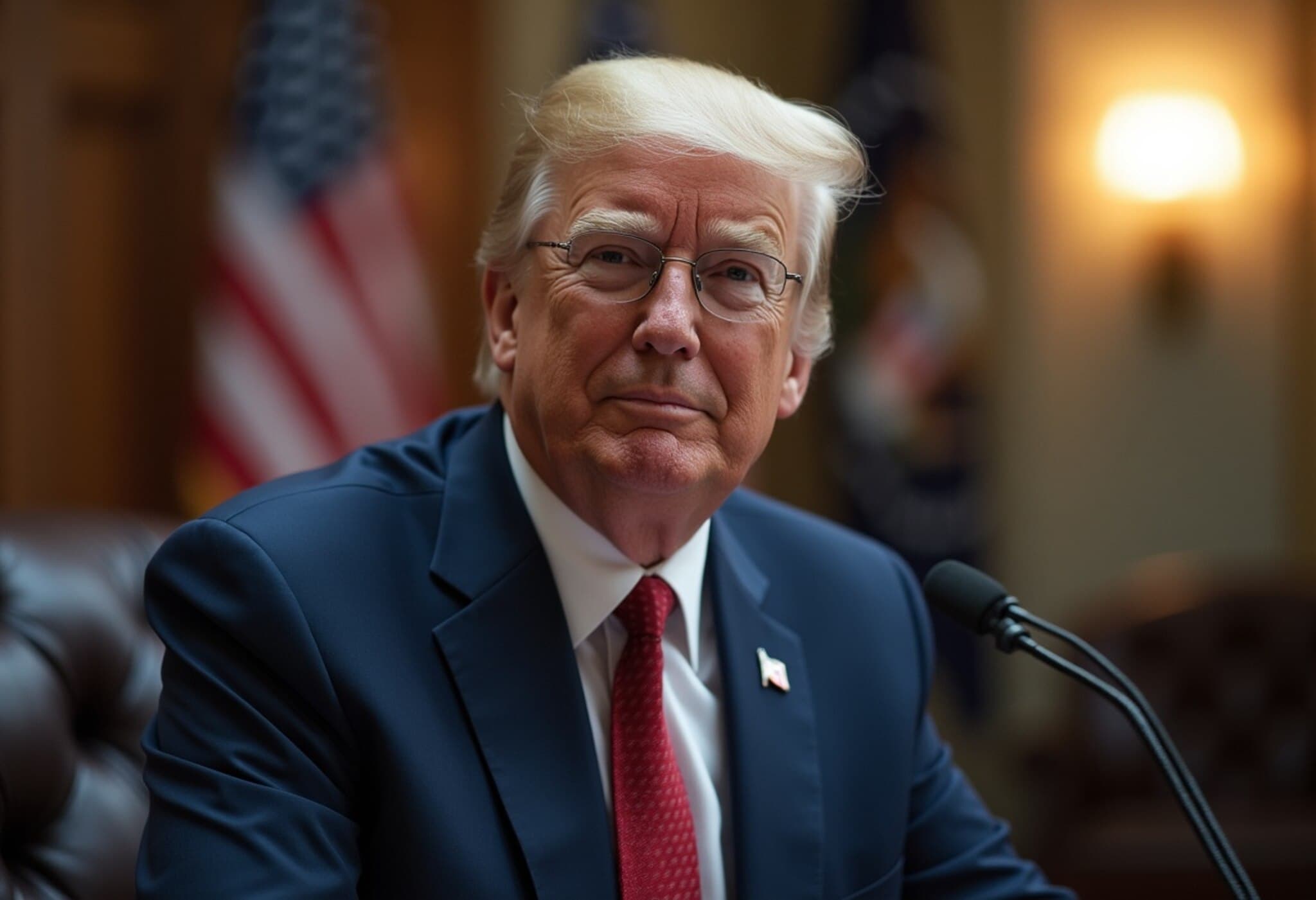Trump Organization’s T1 Smartphone Sparks Manufacturing Debate
The Trump Organization recently unveiled its new T1 smartphone, a gold-colored device set to retail for $499. The phone runs on Google's Android operating system and boasts a 6.8-inch AMOLED display and a 50-megapixel camera. Although the company claims the phone will be "built in the United States," industry experts suggest otherwise.
Manufacturing Reality: China’s Role in the T1 Production
Despite the Trump Organization’s assertion of U.S.-based manufacturing, analysts argue that the T1 smartphone will likely be designed and assembled by a Chinese original device manufacturer (ODM). These ODMs specialize in creating products based on specifications from other companies, which means the T1 may be produced abroad before any domestic assembly.
Francisco Jeronimo, an industry analyst, points out that it is virtually impossible for the device to be entirely designed and assembled in the U.S. Jeff Fieldhack from Counterpoint Research echoes this sentiment, highlighting the limited local manufacturing capabilities currently available in the U.S. smartphone industry.
Global Smartphone Supply Chains Make Domestic Production Challenging
Even if some assembly occurs stateside, the T1 will inevitably rely on components sourced internationally. The global smartphone supply chain entails parts produced across multiple countries, making a fully American-made phone a massive challenge.
For instance, the AMOLED screen is most likely sourced from South Korean firms like Samsung or LG, or Chinese manufacturer BOE. The phone’s processor could come from Taiwanese company MediaTek, while image sensors for the camera – which demand high precision – are predominantly supplied by Japan’s Sony.
Memory chips might utilize technology from American companies, but suppliers such as Samsung also play significant roles. This patchwork of suppliers underlines the complexity of achieving fully localized smartphone production.
Context: Trump's Push for Domestic Manufacturing
The unveiling of the T1 smartphone occurs against the backdrop of President Trump’s broader push for increased U.S. manufacturing in electronics. Although previous threats of tariffs on imported devices have not materialized, the administration continues to scrutinize foreign supply chains.
However, experts caution that large-scale smartphone manufacturing in the U.S. would require years of investment and infrastructure development, making it a long-term endeavor rather than an immediate reality.
What This Means for the T1
- The $499 price point suggests reliance on cost-effective components from Asia.
- The phone’s emphasis on being "built in the U.S." likely refers to final assembly rather than complete manufacturing.
- The device is expected to integrate technology from multiple countries, reflecting the globalized nature of smartphone production.
In short, while the Trump Organization promotes the T1 as an American-built phone, the intricate realities of global supply chains mean much of the device’s design and manufacturing will probably take place overseas, especially in China and East Asia.

